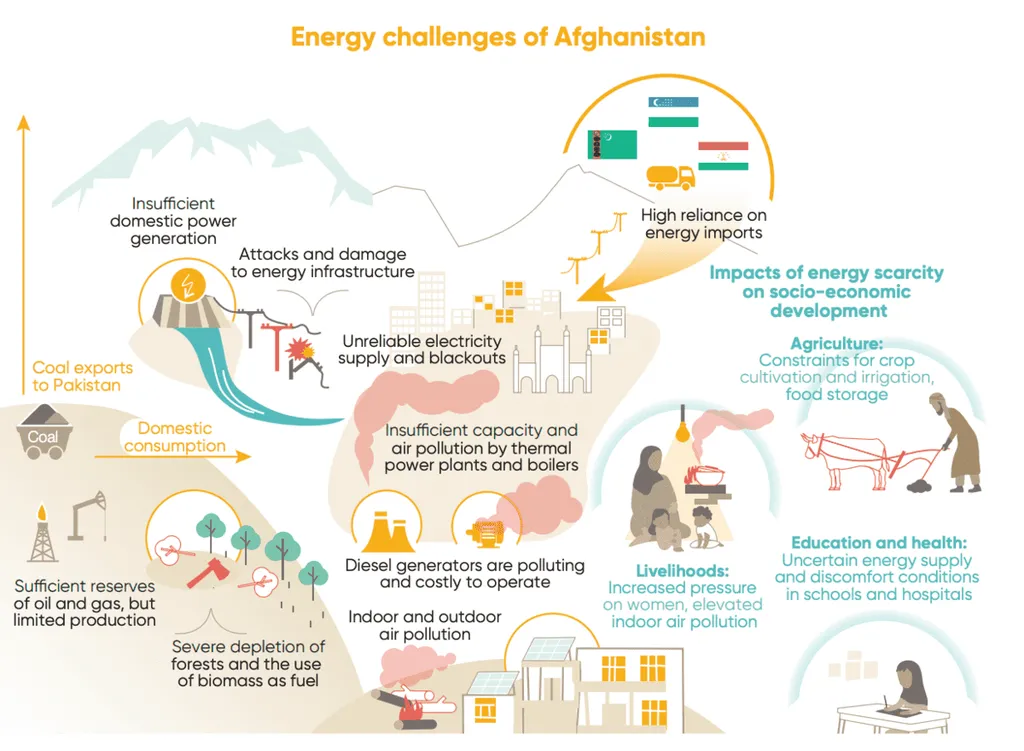Afghanistan’s power sector stands at a crossroads, poised to reshape its economic trajectory and energy landscape. With abundant yet untapped resources—hydropower, solar, wind, and gas—the country’s potential is undeniable. However, the reality remains stark: per capita electricity consumption lingers among the lowest globally, and grid-based electricity reaches only a third of the population, predominantly in urban hubs like Kabul, Herat, and Mazar-e-Sharif. Rural areas, meanwhile, rely heavily on traditional biomass or off-grid solutions, highlighting a stark divide in energy access.
The growing pipeline of energy projects and the promotion of both domestic and foreign investment signal a pivotal shift toward energy self-sufficiency and sustainability. Emerging from over four decades of conflict, Afghanistan’s power sector presents a compelling opportunity for investors. The country is actively seeking to bridge the significant gap between supply and demand by expanding domestic power generation and enhancing transmission and distribution infrastructure through Independent Power Projects (IPPs) and Public-Private Partnerships (PPPs).
The implications for markets are profound. The development of Afghanistan’s untapped mineral resources, coupled with a commitment to infrastructure development in the power and transport sectors, signals substantial opportunities for investors. However, the path forward is not without challenges. Political instability, security concerns, and regulatory uncertainties remain significant hurdles. Yet, the potential rewards—both economic and developmental—are immense.
This shift could catalyze a broader regional energy market, fostering collaboration and investment across borders. It could also drive innovation in off-grid and decentralized energy solutions, addressing the unique challenges of Afghanistan’s rural landscapes. Moreover, the focus on renewable energy projects could position Afghanistan as a regional leader in sustainable energy, attracting global attention and investment.
The development of Afghanistan’s power sector is not just about electrification; it’s about economic empowerment, industrial growth, and improved living standards. As the country navigates its complex political and economic landscape, the power sector could serve as a beacon of progress, illuminating a path toward a more stable and prosperous future. The question now is whether the international community and investors will seize this opportunity to shape a new energy paradigm in Afghanistan.

